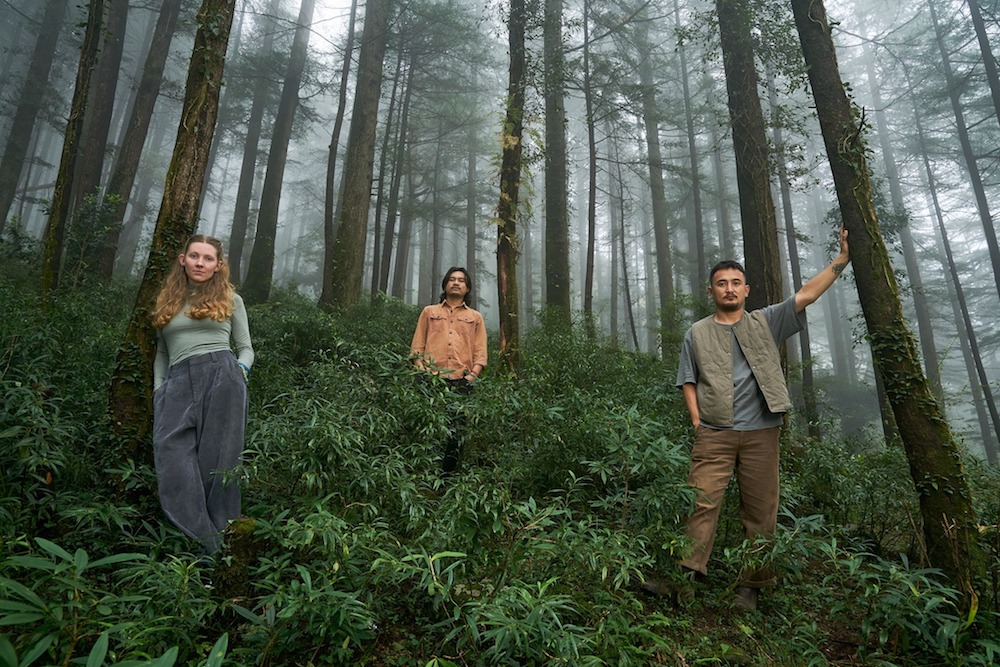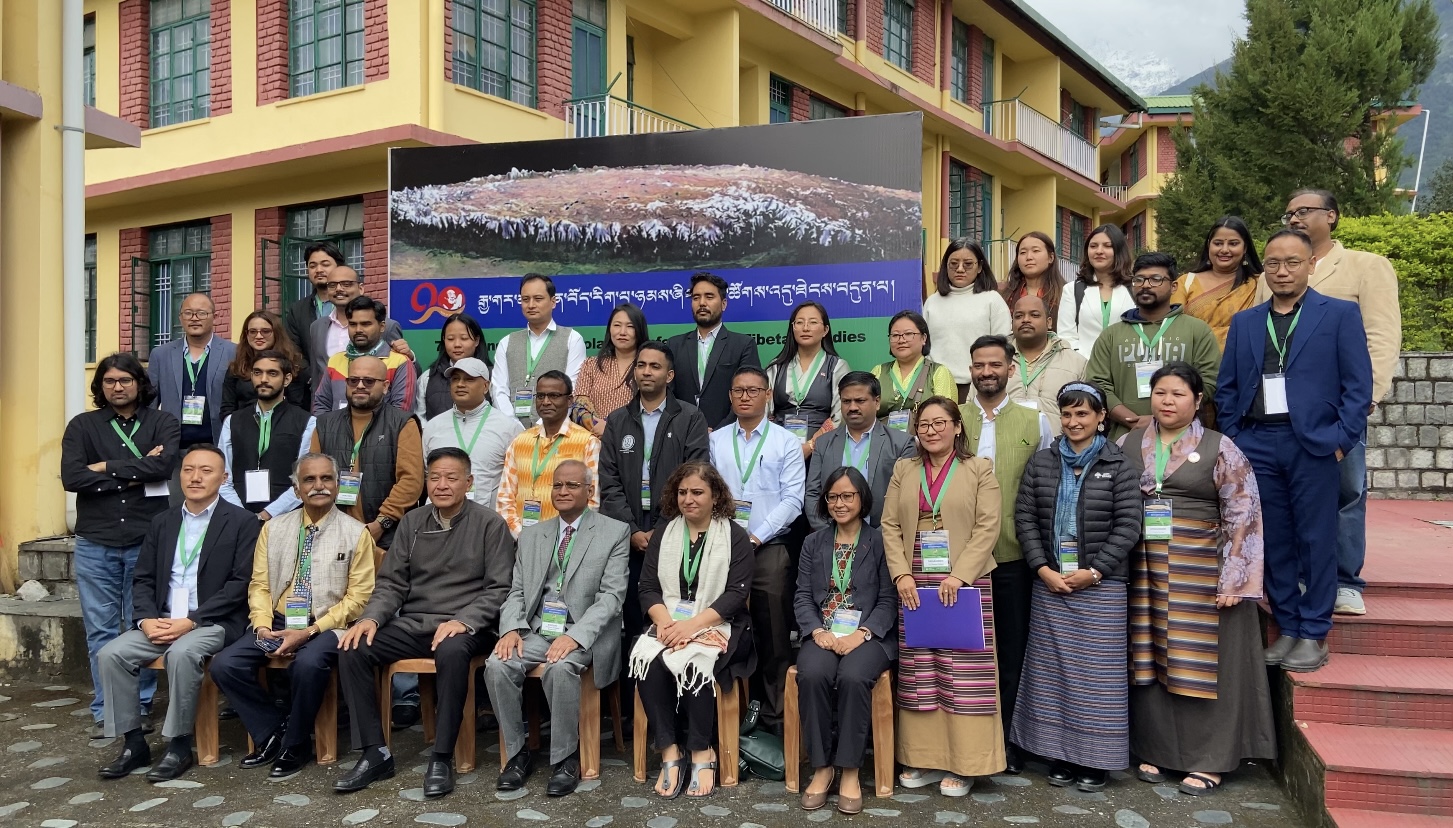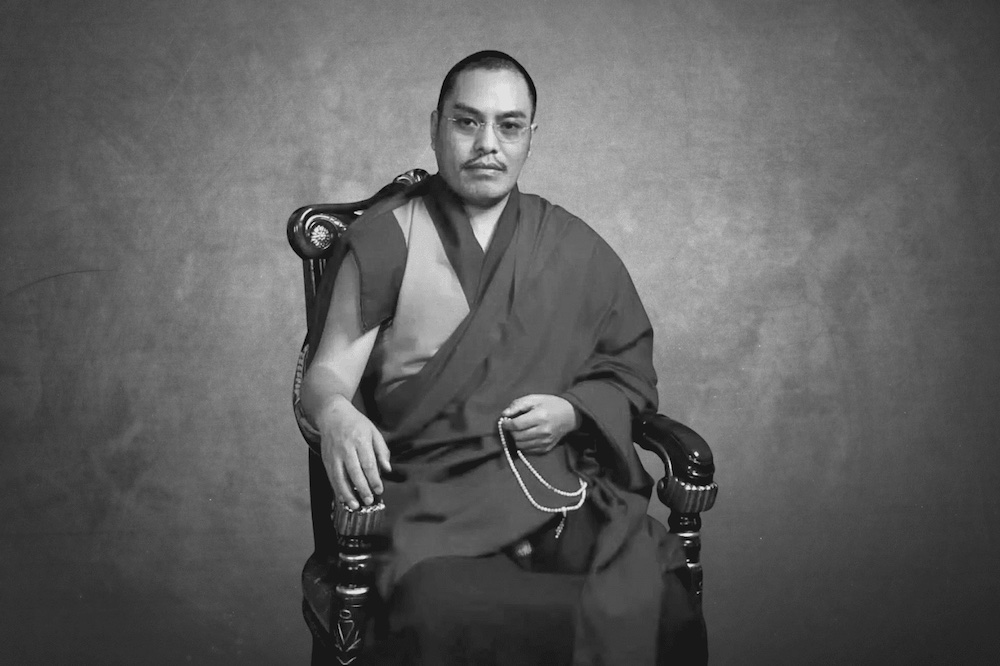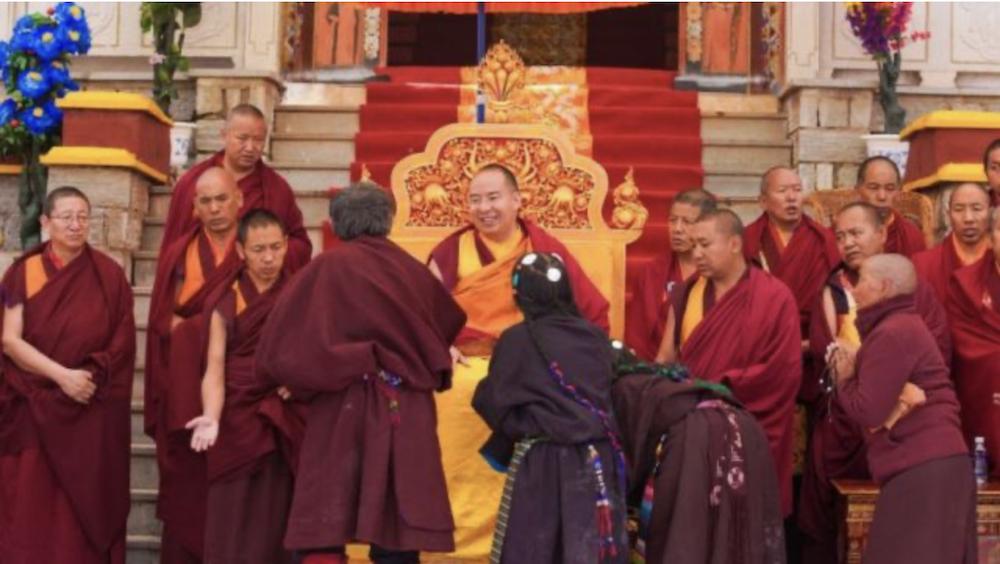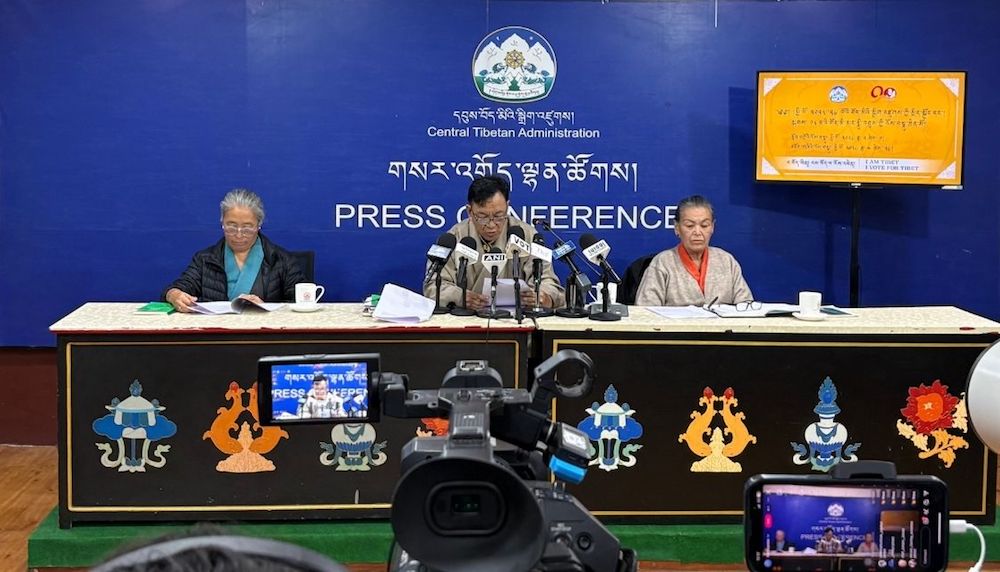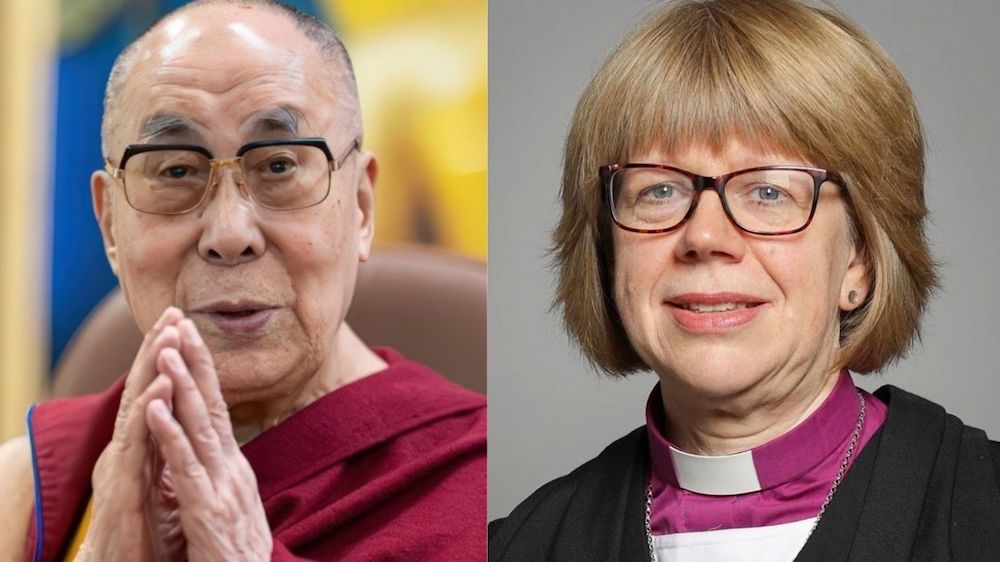Tsering Dhundup
DHARAMSHALA, Oct. 9: The Rubin Museum of Himalayan Art has announced Wednesday that Khadhok – Tibetan Artists’ Collective, based in Dharamshala, India, as the recipient of the 2025 Rubin Museum Himalayan Art Prize, the world’s largest international award supporting contemporary art inspired by the Himalayan region.
The annual prize, which carries an unrestricted cash award of $30,000, recognises artists or collectives creating innovative and critically engaged dialogues between Himalayan art and contemporary life. Last year, Tibetan artist Tenzin Gyurmey Dorjee received the inaugural Rubin Museum Himalayan Art Prize.
Founded in 2023, Khadhok—whose name means “colour” in Tibetan—was established to provide a dedicated platform for emerging Tibetan visual artists to showcase their work, exchange ideas, and strengthen their artistic practice. Founding members Lea Taake, Tashi Nyima, and Tenzin Melak described the award as transformative for Tibetan artists in exile.
“As a young collective, being recognised by an institution with such a long history in Himalayan art makes us feel truly seen and valued,” the collective said in a statement. “This recognition strengthens our confidence and encourages us to keep growing. Most importantly, it changes what is possible for Khadhok, allowing us to build a strong foundation that truly lasts and supports artists and our community for many years to come.”
Speaking to Phayul, Tashi Nyima added, “We were moved by this recognition and couldn’t believe it when we first heard the news. Receiving this prize is thanks to the artists we work with and the family, friends, and community who have supported us all along.”
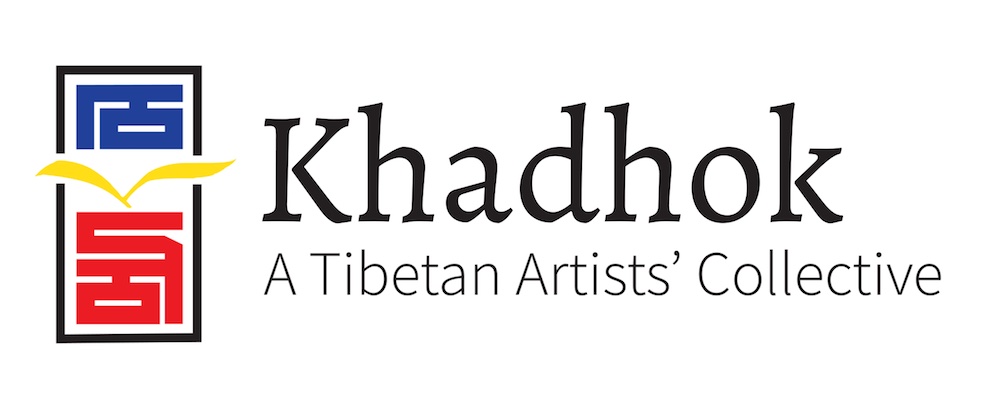
Jorrit Britschgi, Executive Director of the Rubin Museum, praised Khadhok’s leadership in Tibetan contemporary art. “The recipient of the 2025 Rubin Art Prize, Khadhok, has been leading exceptional work in Dharamshala by creating space for artists to share their work and connect within the Tibetan community. Their impact will continue to expand in years to come,” he said.
Khadhok’s recent initiatives include UNSETTLED (2024), a group exhibition featuring 20 Tibetan artists worldwide; the Khadhok Mural Project (2025), which brought contemporary Tibetan art into public spaces across Dharamshala; Dreaming Tibet (2024–2025), a youth art project exhibited at the Kangra Art Museum and India Habitat Centre; and Dear Kundun (2025), a global youth exhibition celebrating the 90th birthday of His Holiness the 14th Dalai Lama. The collective draws inspiration from the late Tibetan artist Jigme Choedak (1997–2023), whose vision of creating a space for young Tibetan artists to freely express themselves continues to guide Khadhok’s mission.
Alongside the Rubin Art Prize, the museum also announced 15 recipients of the 2025 Rubin Research and Art Projects Grants, distributing a total of $200,000 to artists and scholars advancing creative and academic engagement with Himalayan art and culture.
Among this year’s grantees is Studio Nyandak, a New York-based architecture and engineering firm founded by Tibetan architect Tenzin Nyandak, which received $25,000 for “Documenting and Safeguarding Zanskar’s Buddhist Heritage”, aimed at protecting endangered monasteries and nunneries from climate change and modernisation. Other notable grantees include White Crane Films (Ritu Sarin and Tenzing Sonam) for a two-channel video installation exploring humanity’s relationship with nature; Tenzin Tsering (Tenzoni) a Tibetan-Filipino illustrator based in Toronto for Threads of Camp Mountain, a graphic novel following Tibetan sisters in Dharamshala; and Nawang Tsering & Jamyang Tenzin for the Tibetan School Art Curriculum, creating teaching resources that bridge traditional Tibetan art with modern education.
Michelle Bennett Simorella, the Rubin Museum’s Director of Global Projects and Collections, noted the museum received 132 proposals from over 30 countries, emphasising the importance of supporting projects that expand understanding and visibility of Himalayan art and culture.
Founded in 2004, the Rubin Museum continues to serve as a global hub for exploring the intersections of Himalayan culture, creativity, and contemporary experience. Through its awards, grants, and collaborations, the museum remains committed to nurturing the next generation of artists and scholars while advancing awareness and appreciation of Himalayan art and its living legacy.


